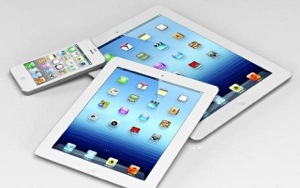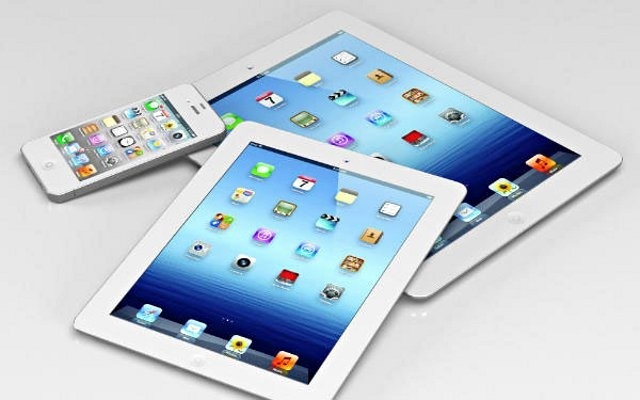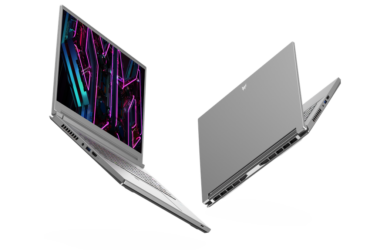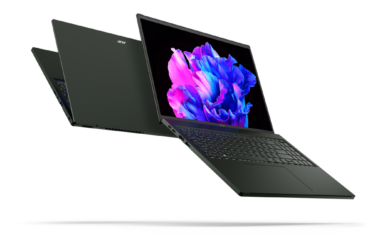The Tablet Race
The iPad is the tablet. There were many that came before it, but analysts and market experts agree that the iPad’s unveiling caused a ripple in tablet computing that encouraged other tablet manufacturers to keep up with the pace. The advancements that the iPad showed off prompted others to imitate it one way or another, bolstering the technology of the tablet field. It also prompted the manufacture of other tablets and even another OS entirely—these days, the major competing OS is Android, developed by Google.
The iPad’s Advantages
While it is extremely popular as a casual consumer product, the iPad has exhibited huge potential for use in business. The iPad’s variety of apps put made it a popular tool for customer service, retail, and marketing. Its capacity to create and store documents as well as presentations, read PDF files, and manage all kinds of electronic paperwork makes it valuable to businessmen. This also includes its ability to synchronize notes and contacts, even across various cellular or voip service providers contact databases.
To this day, the iPad remains the most sought-after tablet computer. It has advanced, and others have as well. It retains the top position in the market. However, the Android-run tablets have begun to catch up.
The Android Race
Android started out as the tortoise to Apple’s hare. The iOS tablet has been the front runner and the de-facto leader of the industry for years, and Android was, at the time, Google’s first foray into the OS coding field. Not a lot of people thought much of it. There was also the matter of the indefatigable App store that Apple possessed. Google’s OS just wouldn’t have as many apps as Apple’s did.
These days, Android still could not compete with Apple in terms of app volume, but no one can deny that the Google Play Store is slowly but surely growing to accommodate various apps that have been modified from iOS-only to Android-inclusive. Google’s Android OS has also steadily evolved throughout the years. It had not only developed into quite a sophisticated OS, but it had also grown to be one of the leading OSes in the tablet market.
How Android Took the Lead
While Apple has the iOS exclusively for the iPad, the fact that Google was a more “open” platform allowed other tablets to make use of it, further bolstering its growth and development. Nearly every other tablet in the market runs on Android or a reconstructed form of it designed to fit the tablet manufacturer’s needs. This simply can’t be done with iOS. And with the advancements and developments that Android has made, its performance is rapidly outperforming iOS’ efficiency.
Apart from that, the steady growth of the Android tablet market has made consumers more amenable to buying tablets that aren’t the iPad. The sophistication of these tablets has made it so that the consumers find them just as efficient as the iPad. As the steady growth continues, Apple’s lead is slowly made smaller the Android as more and more consumers turn to Android tablets for both casual and business use.
According to latest IDC reports, Apple’s tablet market share is hovering a little over 50%, with the closest Android tablet maker Samsung with over 18%. The race continues.










